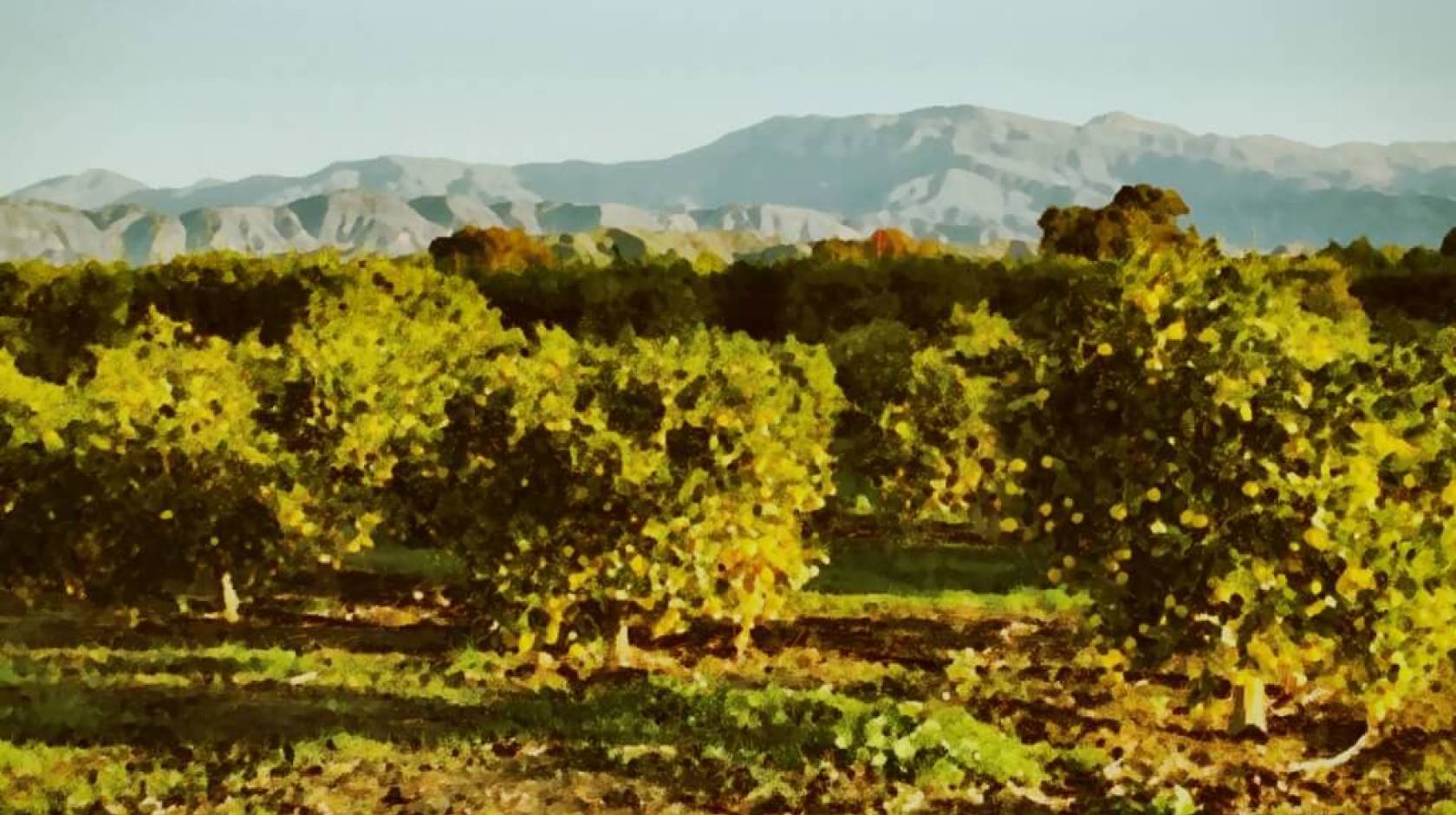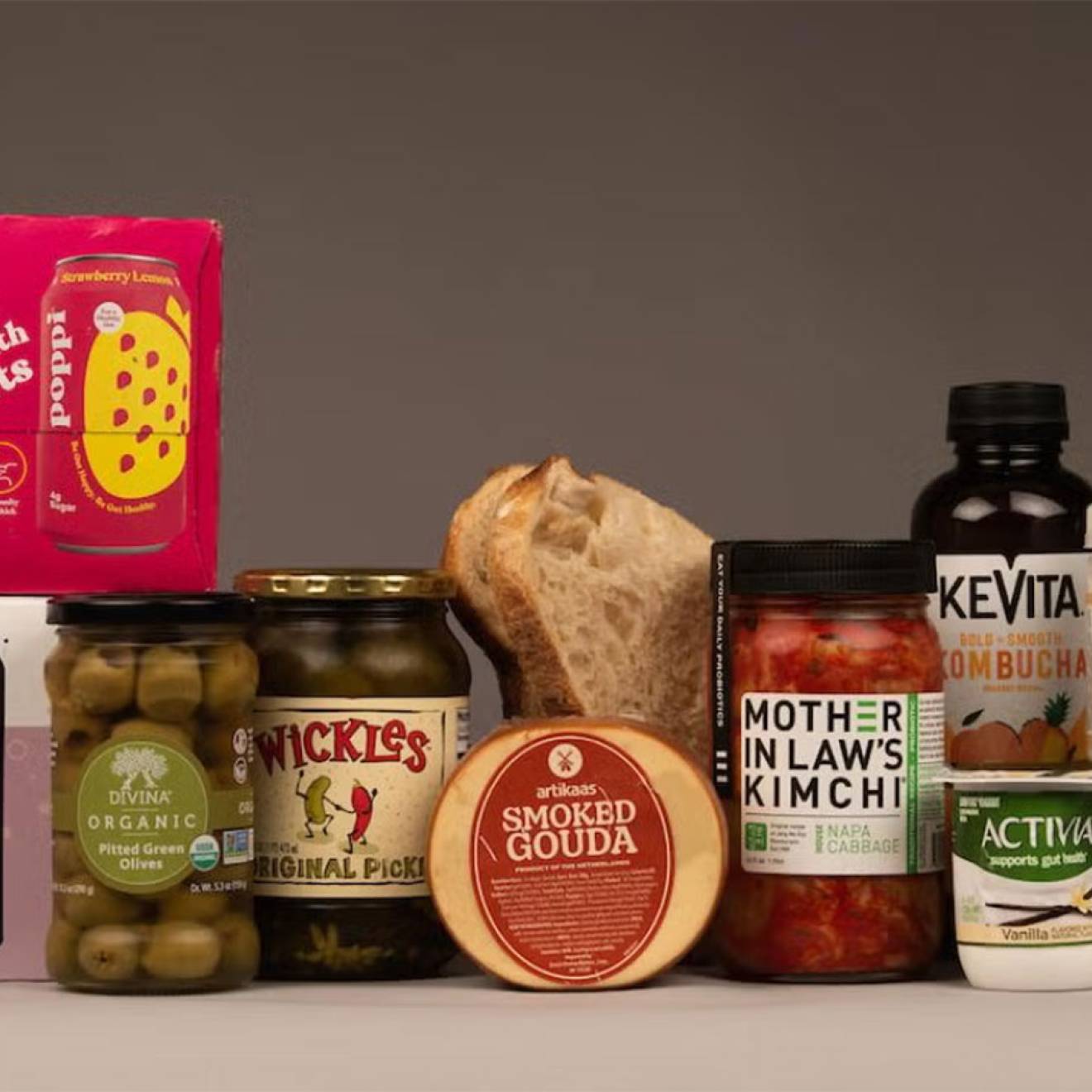Rose Hayden-Smith, UC Food Observer

In an orchard talking about ag literacy.
Early Wednesday morning, I sat on a stool in a citrus orchard in Saticoy, California. The stool was provided by Mary Maranville; the orchard was provided by Chris Sayer of Petty Ranch.
Chris, Mary and I were speaking about the importance of agricultural literacy for a short video. The video is being produced by SEEAG, an innovative Ventura County nonprofit that Mary leads. SEEAG focuses on increasing ag literacy in children. It is hoped that the video will help that organization raise funds to build out a learning Farm Lab project housed at Petty Ranch, a project that will provide free on-farm educational experiences for young students in Ventura County.
I’m a fan of SEEAG; Mary has operated some of SEEAG’s educational programs at UC’s Hansen Agriculture Research and Extension Center in Santa Paula. And Chris Sayer has served on UC’s Hansen Trust board and works frequently with UC ANR’s Cooperative Extension farm advisors. They are professional colleagues; they are also friends.
For the last week – as we’ve met to prepare to shoot this video – I’ve thought about my work for the last two decades and what I might say about agricultural literacy. My “career” hasn’t really been a career in a traditional sense, so much as the pursuit of a grand passion: helping people connect with (and gain a better understanding of) food and agriculture … and together, striving to create a more sustainable food system (sustainable in all its meanings). I consider agricultural literacy broadly, in a way that incorporates a range of disciplinary knowledge (food and fiber production, processing, distribution, consumption, environment, nutrition, cultural issues, history, social justice, etc.)
Why is ag/food literacy so important … urgent even?
These days, I’m hearing the terms “food literacy” and “food environment” used more often. Whatever term we use to frame our work, I know that many of us feel a sense of urgency around educating young people about the food system.
Certainly, agricultural/food literacy is vital to the future of the county and state I call home. It’s no secret that California is a mega agricultural producer. In 2013, California was the first rank in cash farm receipts (Iowa, Nebraska, Minnesota and Texas round out the top five). Over a third of the nation’s vegetables – and about two-thirds of its fruits and nuts – are grown in California. Ventura County, where I live, is one of the top producers in the top producing state. The county lies immediately north of Los Angeles County. Our population? Less than a million. Right across the county line, more than ten million people – that’s close to a quarter of the state’s residents – call Los Angeles County home. Despite the pressures of urbanization, drought, land costs, regulation and many other things, Ventura County agriculture thrives.
And to keep it sustainable into the future, we need to provide education about how agriculture and the food system work, why and how their sustainability is essential to each one of us. And the same is true not just in Ventura County, but everywhere, because we all eat. We are all stakeholders in this food system. Here’s what I learned a long time ago: agriculture is not just something that’s part of our past. It’s vital to our future. Education is our seed bank for sustaining this; it is where we should be investing more now, to reap future benefits. Not just in California, but nationally.
People need to be able to connect the dots between health and nutrition and the food they consume. Several years ago, UC ANR prepared a strategic vision that identified the organization’s goals pretty simply, but resonantly: “Healthy Food Systems, Healthy Environments, Healthy Communities, Healthy Californians.”
UC’s Global Food Initiative is tackling food literacy
Earlier this week – before I visited Chris’ orchard – I participated in two meetings for the University of California’s Global Food Initiative (GFI). Launched in July 2014, the systemwide initiative seeks to harness UC’s vast resources to tackle one of the most compelling issues of our time: how to sustainably and nutritiously feed the world’s growing population.
It’s an incredible and ambitious initiative that’s already having significant impacts in the institution and beyond. UC is huge and wide-ranging; it’s a statewide network of institutions, people and programs. There are ten campuses; a number of these have medical schools and hospitals. There’s also the Ag and Natural Resources division (ANR, home to Cooperative Extension and UC’s research and extension centers). ANR has offices/research centers in each county in the state; ANR also operates the 4-H and Master Gardener programs and delivers nutrition education programs. The Lawrence Berkeley National Lab and UC’s Office of the President are also part of the GFI. The call to us has been to not only look deeply at our own practices around food and sustainability, but to extend our work whenever possible to the state, the nation and the world. It’s an audacious effort.
An important part of the GFI’s work is to consider food literacy among UC’s students (and beyond … because UC is a global institution). What can we/should we teach UC students about the food system? How can we reach every student? How could a food literacy “curriculum” be implemented in a measurable and meaningful way across the nearly infinite range of majors the institution offers? How do we even define food literacy? Assess it?
On Tuesday, I was part of a group that met in Berkeley to begin considering these and other important questions. This GFI group is called the Food Literacy subcommittee. Among the participants are a diverse group of UC practitioners (working across a wide range of disciplines and from nearly every campus), as well as stakeholders from key organizations, including Google Global Food Services and the Culinary Institute of America. Some of these people are colleagues I’ve worked with before; some are new friends. They include medical doctors, nutrition researchers, student affairs experts, food service folks, anthropologists, historians, health educators, farm educators and more. A shout out to subcommittee co-chairs Amy Rowat (she’s on faculty at UCLA in the Department of Integrative Biology and Physiology) and Leeane Jensen (wellness director at UCSF), as well as meeting coordinator Michael Soh (he’s a UCLA graduate student working in this area; among other things, he prepared the literature review and kept us on task).
Lots of ideas of why, what, how, when, where.
But there was a point of consensus. Without exception, everyone felt that food literacy is essential and would be a valuable addition to/another goal of a UC education.
And that is kind of a breathtaking prospect, IMHO.
And then the very next day, I found myself in another part of the state, in an orchard where a farmer and a science educator were working with a producer and videographer to create a video that could articulate why agricultural/food literacy is so vital to all us.
Two very different groups of people … but very similar concerns and goals.
Stay tuned for more information about what’s going on with GFI and the food literacy work.
And if you happen to be in Ventura County on Feb. 22, my friends Mary and Chris will be at the groundbreaking of SEEAG’s Farm Lab at Petty Ranch. Many of their stakeholders – children chief among them – will be there to celebrate this milestone.

